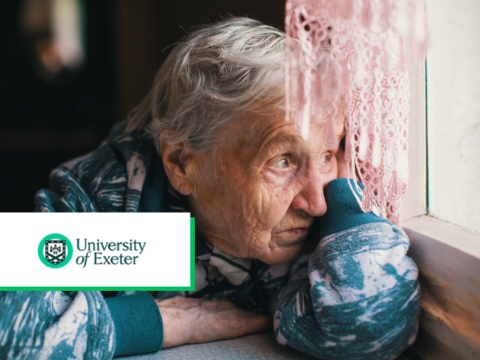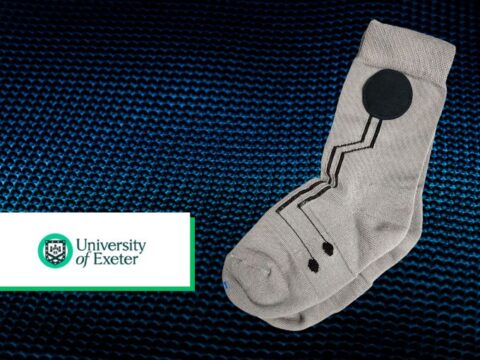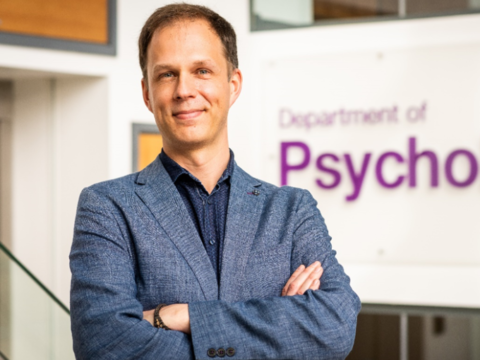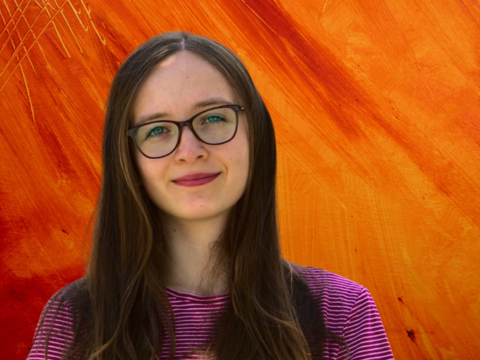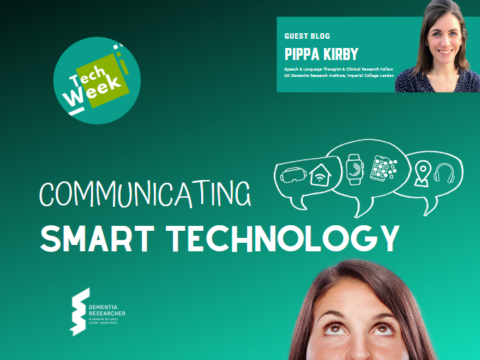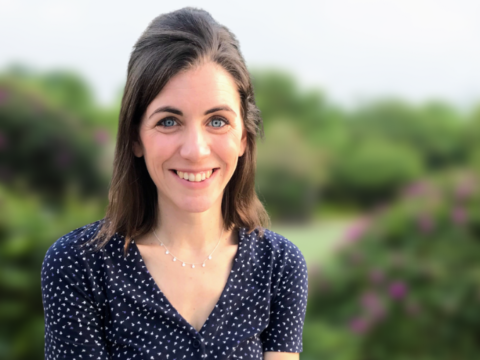Over the last few years there has been an explosion of technology in healthcare. Ever since personal computing evolved in the 1980’s, followed by the Internet (or World Wide Web), patients and families can access health information faster than ever before and connect with others worldwide for advice and support. Mobile devices and later on smartphones began to arrive and since then millions of apps have been created to help people gather, share and understand all sorts of data about their health. A lot of the current devices and apps on the market are driven by commercial interests and engineers, both software and hardware, who love creating tech. “There’s an app for that” slogan was even trademarked by Apple creating the illusion that mobile apps are going to solve all our problems.

However, having worked in the IT industry before becoming a nurse I appreciate that a lot of the technology we currently have is mass produced for generic audiences and not very tailored to the needs of individual patients or people with specific problems. When I started looking after people with dementia, they would tell me how they were struggling with remembering simple everyday things or their families would mention the difficulties they were having at home trying to cope caring for their loved one. This got me thinking about what mobile apps are available specifically to help people with dementia and their carers and I realised there weren’t very many good ones you can download online. So, when I heard about the “My House of Memories” app in Liverpool I was really excited and wanted to see how this mobile app was being co-designing with people with dementia and their carers.
I had just started my PhD at the time, which very broadly looked at patient and public engagement and enrolment in digital health interventions. Interestingly, co-design had come up in the literature as one way to get people interested in technology for their health, so I wanted to look at this in more detail. I was put in touch with National Museums Liverpool who were leading the “My House of Memories” project and working with a local group of people with dementia and their carers through a Service User Reference Group (SURF – https://surfdementia.org/). The idea for the app came from a European funded study called Innovate Dementia (https://www.innovatedementia.com/en) that had run a series of ‘Living Labs’ across several European countries including the UK. These are open innovation platforms where multiple stakeholders are invited to come together to brainstorm ideas and come up with novel solutions for people with dementia – what a great idea!! The concept for the app was to use digital objects about the city of Liverpool that the museum already had curated in-house for a previous exhibit. They wanted to re-use these and work with people with dementia and their carers to co-create a reminiscence app so they could share memories together. This could aid patients’ memory and facilitate communication between them, their families and wider care network.
The development of the app was already underway when I heard about the My House of Memories project and a local software company called Damibu (https://www.damibu.com/) was working with the dementia SURF group to design the content and functionality of the app. I was keen to understand how this process worked, how it might affect the design of the app and whether people with dementia and their carers benefited in any way from being involved in co-creating the technology. I was lucky enough to be able to interview several people who were taking part in the project including some patient-carer dyads, the main software engineer and project manager. They also shared high level analytics data with me after the app had been launched so you could see where across the world it had been download, how many times and what parts of the app people with dementia were using. It was amazing to see the metrics stack up so quickly and drill down into how the app was being utilised day-by-day. There were some nice visualisations on the Google analytics platform used which allowed for the app data to be easily interpreted.
 The most interesting aspect was digging down into the qualitative data that I had collected and seeing key themes emerge across the different people interviewed. The results showed that being involved in co-producing the mobile app had numerous benefits for people with dementia and their carers. They gained new knowledge and skills, friendships and a sense of achievement in creating a unique app that would help others with dementia. They also found the app useful in stimulating memory as images and music could be combined into a digital story tree representing their life and this helped people with dementia connect with and communicate better with their families. Using mobile technology also provided a sense of normalcy for them, away from being labelled as someone with “dementia”. Not surprisingly the app has been hugely successful, has won lots of national and international awards and gotten great reviews online from people with dementia who have downloaded and used it: https://itunes.apple.com/gb/app/my-house-of-memories/id847763460?mt=8
The most interesting aspect was digging down into the qualitative data that I had collected and seeing key themes emerge across the different people interviewed. The results showed that being involved in co-producing the mobile app had numerous benefits for people with dementia and their carers. They gained new knowledge and skills, friendships and a sense of achievement in creating a unique app that would help others with dementia. They also found the app useful in stimulating memory as images and music could be combined into a digital story tree representing their life and this helped people with dementia connect with and communicate better with their families. Using mobile technology also provided a sense of normalcy for them, away from being labelled as someone with “dementia”. Not surprisingly the app has been hugely successful, has won lots of national and international awards and gotten great reviews online from people with dementia who have downloaded and used it: https://itunes.apple.com/gb/app/my-house-of-memories/id847763460?mt=8
Although I did not get to observe the co-design process as it happened, it seemed to improve how the app worked and the people with dementia and their carers who took part appeared to benefit hugely from creating technology specific to their needs. I think this is so important going forward that nurses and other healthcare professionals encourage patients and families and support them to create all kinds of technologies from mobile apps, to wearable devices and online services – whatever they need. This is something I am really passionate about and am going to continue to work on in the future.
Author
Siobhán O’Connor is a Nursing Academic working in the School of Health and Social Care at Edinburgh Napier University. She is researching how the co-design process works with people with dementia and their carers and whether involving them in co-creating technology results in better digital products and services that meet their needs.
You can follow Siobhán on Twitter Follow @shivoconnor

 Print This Post
Print This Post